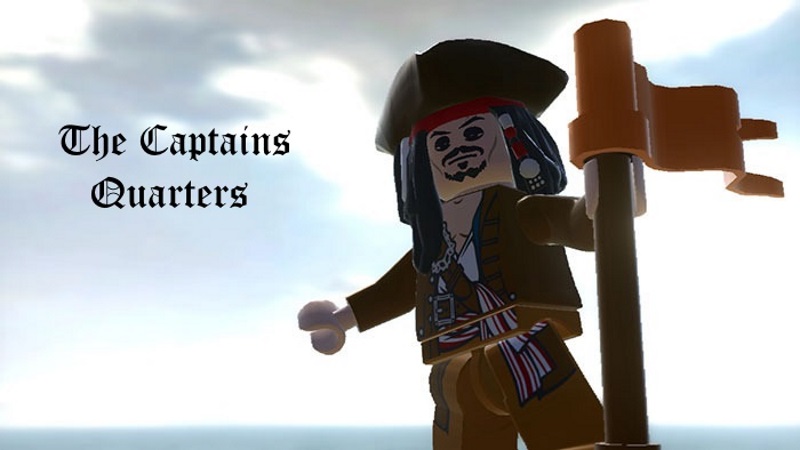 System(s): NES, SNES, Amiga, Master System, Mega Drive, Commodore 64, ZX Spectrum, Arcade
System(s): NES, SNES, Amiga, Master System, Mega Drive, Commodore 64, ZX Spectrum, ArcadeGenre: Racing
Developer: Rare
Publisher: Tradewest
Release Date: April 1990
Note: This Review is of the NES version. Other versions may differ.
Not being that into racing as a sport, I'll be honest - I have no idea who Ivan 'Ironman' Stewart is. Thankfully this was released on systems mostly incapable of rendering all but the most obviously recognisable human faces in-game, so aside from some impressive pixel art in the title screen, Mr. Stewart's endorsement is largely text only.
That being said, Super Off Road is a bit more than a simple racer. On starting you can choose from a limited pool of countries of origin and are given some money to spend on upgrades to your car. Super Off Road sets itself apart by giving you money depending on where you finished each race or what you picked up during it, which can then be spent on nitro canisters, allowing you a quick speed boost when need, though these are expensive. You will most likely come to rely on nitro's to navigate your first race, although if you use one in certain spots you need to be careful not to get stuck - sometimes this happens by sheer accident resulting in a wasted nitro (did I mention they were expensive?). The long term aim of the game isn't so much winning the races as it is winning cash. There are 43 courses after which the game begins to mirror them. Winning the later courses will involve upgrading steering, suspension etc. or otherwise being left behind in the dust, in this case literally.
The key difference besides the upgrade mechanics that makes Super Off Road unique among racers is the sense of perspective. Most racers tend to be a 3rd person behind the vehicle view or side on, whether you are playing Excitebike, Mario Kart or Ridge Racer. Not so here. You play a zoomed out angle where you can see the entire track, not unlike trying to race using the second screen in Super Mario Kart. You might expect this to be extremely clunky and awkward and you would be right, at least to begin with. Thankfully the controls are tight enough that this perspective change is something you quickly get used to.
One issue I had with the controls is trying to steer around corners, where the sense of perspective makes it trickier to judge just how much you need to lean into the bend. It felt a lot like I was guiding my race car through one of those buzz wire maze puzzles. This highlights the importance of proper upgrades and using nitro as these really make more difference than skill alone. Which brings me to my first major problem with Super Off Road - a large chunk of the mid game is just too easy. Once you upgrade enough you will be routinely lapping the 3rd and 4th placed racers. However, by the end, the other cars will inevitably catch up and steal your crown as they get enough for the same upgrades as you and the placing at this point feels almost random. The difficulty curve (pun intended) is all over the place. My other major gripe is that, being an off-road racing game, although there are a decent number of tracks, you will be staring at the same dusty brown and orange hues all game and this makes the game feel more repetitive than it really is.
The visuals look pretty good and Ivan Stewart looks well rendered in pixel art on the title screen as mentioned earlier. Characters stand on podiums accompanied by attractive women to drive home the fact you are successful whenever you win and the heads-up display looks ok, although the number representing your remaining nitro's isn't immediately made obvious to you. There is very little in the way of music so I hope you enjoy listening to ambient sounds of revving engines - these drown out the actual racing music which is mostly forgettable 8-bit action game music. The sound effects are pretty obnoxious.. Menu music is mostly 12 bar blues and sounds pretty good.
The best thing about Super Off Road is the multiplayer. This is one of only a few games to support up to 4 players on the NES and honestly, single player is just a 43 track grind so the game really badly needs it to keep it fresh. Obviously this means splashing out on an extra peripheral like the Four Score, so keep this in mind.
All in all, Super Off Road's main hook comes from the upgrades you can install using prize money and from power-ups found during races. This will give you an advantage over your rivals until the difficulty curve goes haywire. No amount of funky blues music or visual flair makes up from an ultimately repetitive and clunky single player game that feels repetitive and soulless. The multiplayer is still enjoyable and this will be what keeps the experience fun and memorable for most.
Summary
+ Some catchy menu music
+ Unique car upgrade system
+ Fun multiplayer
- Repetitive single player
- Inconsistent difficulty curve
- 43 tracks is a grind, especially with the same colour palette each time
+ Some catchy menu music
+ Unique car upgrade system
+ Fun multiplayer
- Repetitive single player
- Inconsistent difficulty curve
- 43 tracks is a grind, especially with the same colour palette each time
Overall Score
5/10
5/10












































